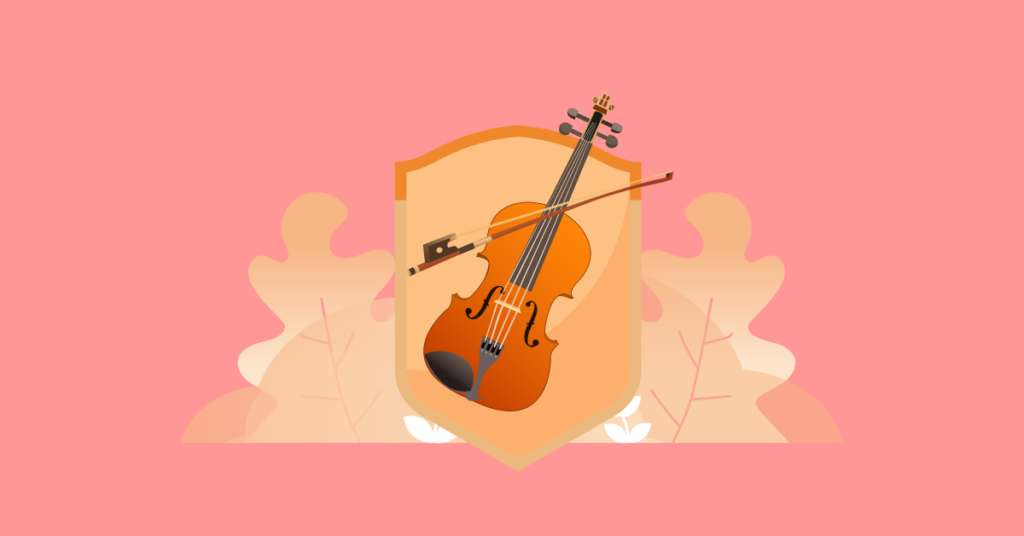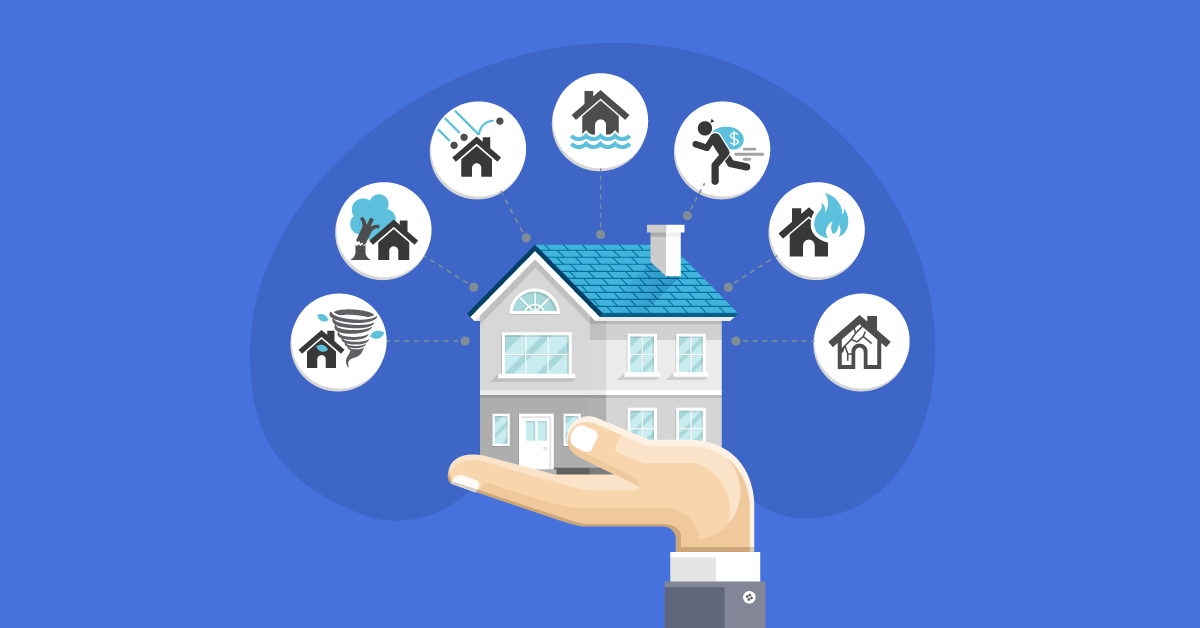Musical instruments are valuable items. Whether you are a professional musician, play as a hobby, or have a cherished family heirloom, these instruments are expensive to repair or replace. It’s a good idea to carry insurance for them to help cover the costs of unforeseen events.
Your homeowners or renters insurance policy might offer some coverage for your musical instruments. However, it often falls short of the actual value you need to recover in the event of damage or theft. If you want to insure your instruments fully, you often need to add a rider to your existing policy or remove a new one. Learn more about what this type of insurance covers and when you should purchase it to protect yourself and your valuables.
Does Homeowners Insurance Cover Musical Instruments?
Your current homeowner’s insurance likely offers some protection for your musical instruments. They fall under the category of personal property, which is the coverage allotted to protect your belongings from the perils specified in your policy. These typically include vandalism, theft, and damage from certain instances of severe weather or accidents.
The amount of money you receive from a claim is capped by your policy limit minus your deductible. Some policies assign limits to various categories of personal property. You must understand the terms of your coverage and speak with your insurer to determine what level of coverage is available for musical instruments.
Do I Need Musical Instrument Insurance?
If your policy limit toward musical instrument insurance is less than the value of what you own, you may benefit from adding a rider. This is where you add coverage for a specific item. Riders come with an additional premium cost. Some insurance carriers may also offer standalone policies tailored to your needs.
Calculate the value of your musical instruments and compare that against your current coverage level. If the difference is significant, you should consider getting musical instrument insurance. Most individuals who own multiple instruments, or have an extremely rare or valuable collector’s item, benefit from having an insurance policy.
What Is Covered by My Musical Instrument Insurance?

Policy terms and coverage vary widely by the insurance carrier, and you can usually customize your coverage. Speak with your insurer to find out what is included and compare quotes and coverage from several reputable insurance companies to get the best one.
Most policies cover risks associated with physical damage or loss. Some of the potential types of losses include:
- Temperature and humidity changes
- Theft
- Vandalism
- Collision
- Shipping damage
- Air cargo damage
- Breakage and repair
- Faulty workmanship during repairs
- Fire
- Flood or water damage
- Earthquake
- Wind, hail, and tornadoes
- Entrustment and consignment, including dishonesty
Your policy premium and deductible are determined by your insurance company, policy type, and the level of coverage you select.
What Isn’t Covered?
Some types of loss aren’t included in musical instrument insurance. The most common are:
- Confiscation or seizure by the government
- Damage from insects, rodents, and other pests
- Wet or dry rot
- Rust or mold
- Illegal trade
- Damage due to acts of war
- Nuclear peril
- Deterioration
- Latent defect
- Consequential loss
Review your policy to understand what is and is not covered. This is the best way to choose the right policy and to know when you can file a claim.
What Instruments and Equipment Are Covered?
Musical instrument insurance covers many categories of instruments:
- Classical, acoustic, and electric strings
- Percussion
- Piano
- Reeds
- Woodwinds
- Brass
- Harp
- Bass
- Electronic instruments (such as a synthesizer)
- Recording equipment
- Electronic gear like amps
Many modern musicians use laptops and computer equipment to create and record music. These are not covered under a musical instrument insurance policy.
How Are My Instruments Valued?
An appraisal of your musical instruments and equipment to discover their current value is necessary in some cases before you can obtain insurance. This is likely when you have expensive instruments or wish to obtain coverage on multiple possessions. There are three types of valuation methods:
- Agreed Value is something you and the insurance company agree on the value assigned to your musical instruments from the appraisal. Any covered loss is then covered in full without questioning the instrument’s value. Claims filed with policies that have these terms are generally settled quickly.
- Replacement Cost Valuation is best for any instrument that costs more to replace than the average market value. For example, some instruments depreciate over time. So, the cost to replace it is more than the loss you sustain. Under this type of policy, you can choose to insure your musical instruments for replacement costs.
- Actual Cash Value is the most common method used. Instead of getting appraisals before you take out your policy, you can choose to declare the value of your instruments. If a loss occurs, a valuation of reasonable market value for the instrument is made, and this is the amount you receive.
The type of policy and valuation method that is right for you depends on the kinds of instruments you have and the coverage you prefer to carry.
What Is the Cost of Musical Instrument Insurance?
The cost of your monthly premium is based on several factors. Your insurance company considers the value of your instruments, their use, where it is stored, and how often the instrument is played. The biggest determination of cost is usually the instrument itself. Some of the most popular guitars come with a yearly premium of $500, while pianos can cost upwards of $3,000 per year.
As with most insurance policies, discounts are available if you meet certain criteria. You can save money if you are part of a larger group, like an orchestra, that purchases coverage together as a group.
When Should I File a Claim for a Musical Instrument?
Not all instances of loss or damage mean you should file a claim. If you haven’t yet paid your deductible, the claim could cost you money upfront, and you risk raised insurance rates if you file additional claims in the future. Evaluate the nature of your loss and know the terms of your insurance policy to make the best decision for your circumstances. A stolen instrument is a vastly different scenario than losing one in a house fire. Paying to replace a single instrument out of pocket could make more financial sense than filing a claim that raises your premiums. However, multiple losses in a fire or similar event make paying the deductible and filing the claim a smart move.
Obtaining musical instrument insurance is a little more involved and difficult than other types of insurance. Most insurance carriers can’t offer instant quotes. Instead, you need to submit detailed information to get a personalized quote. This process takes some time, but purchasing an insurance policy for your instruments is worthwhile if you have multiple instruments or any that have a high value.
You might also be interested in: How to Find the Best Swimming Pool Insurance Coverage





